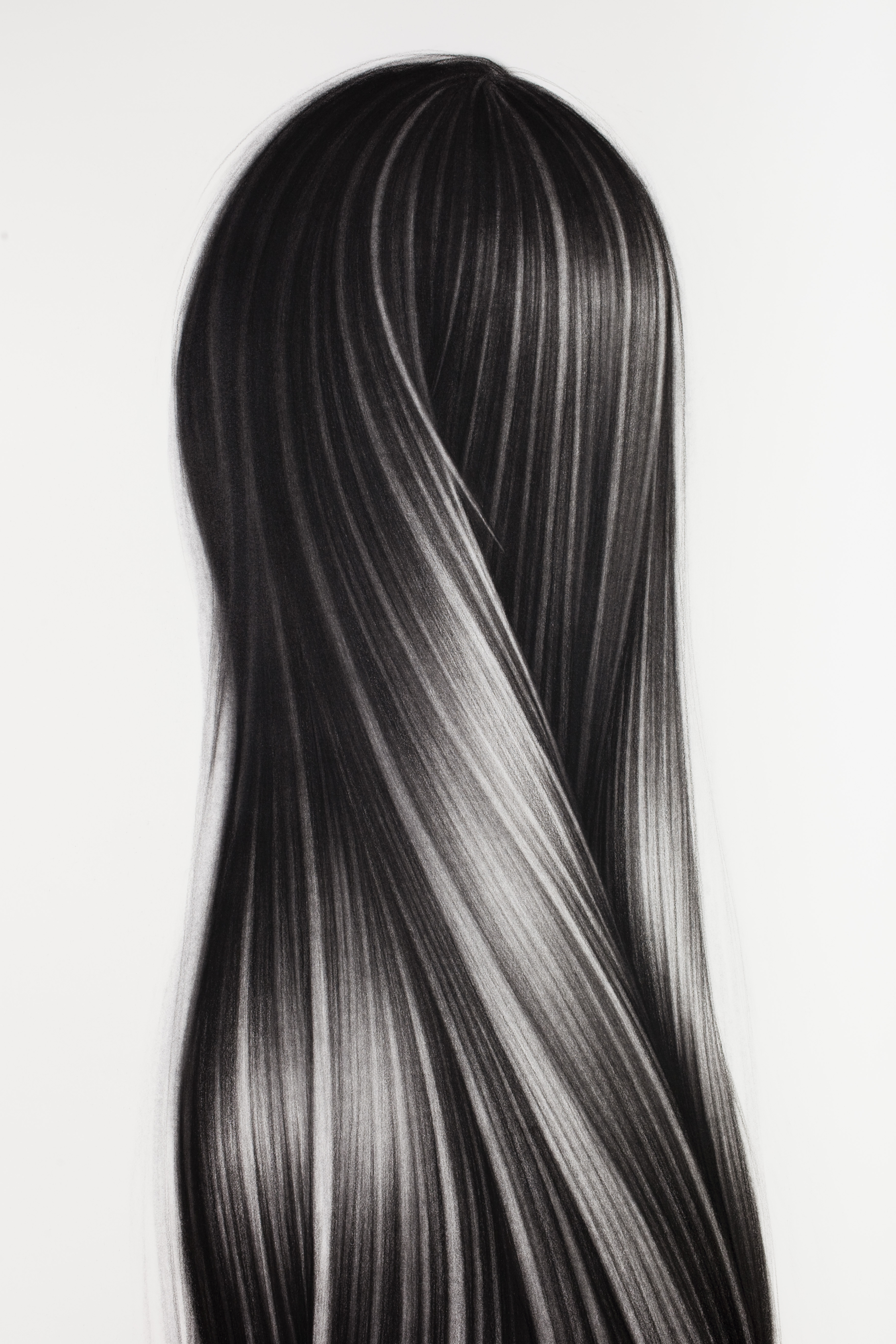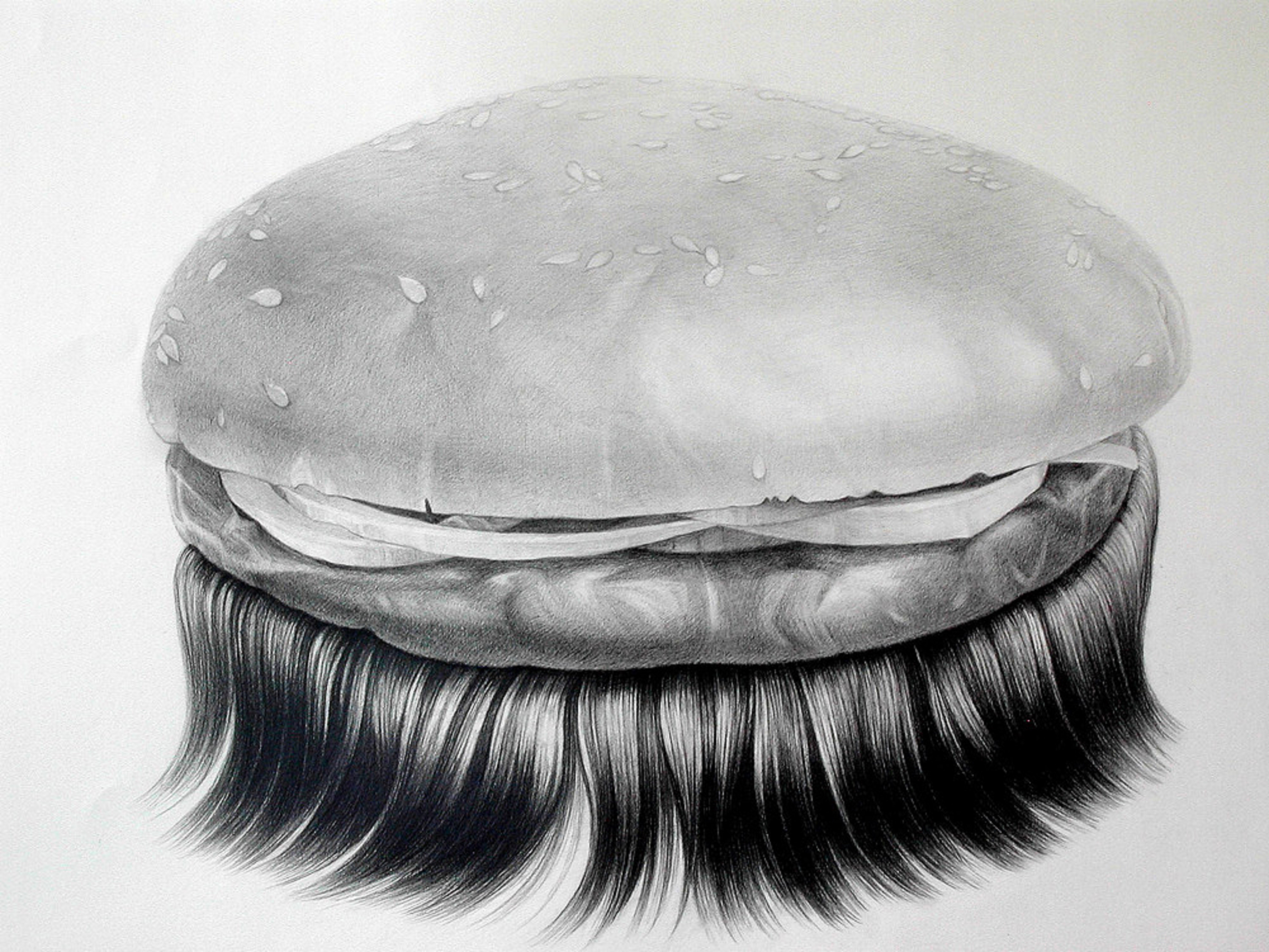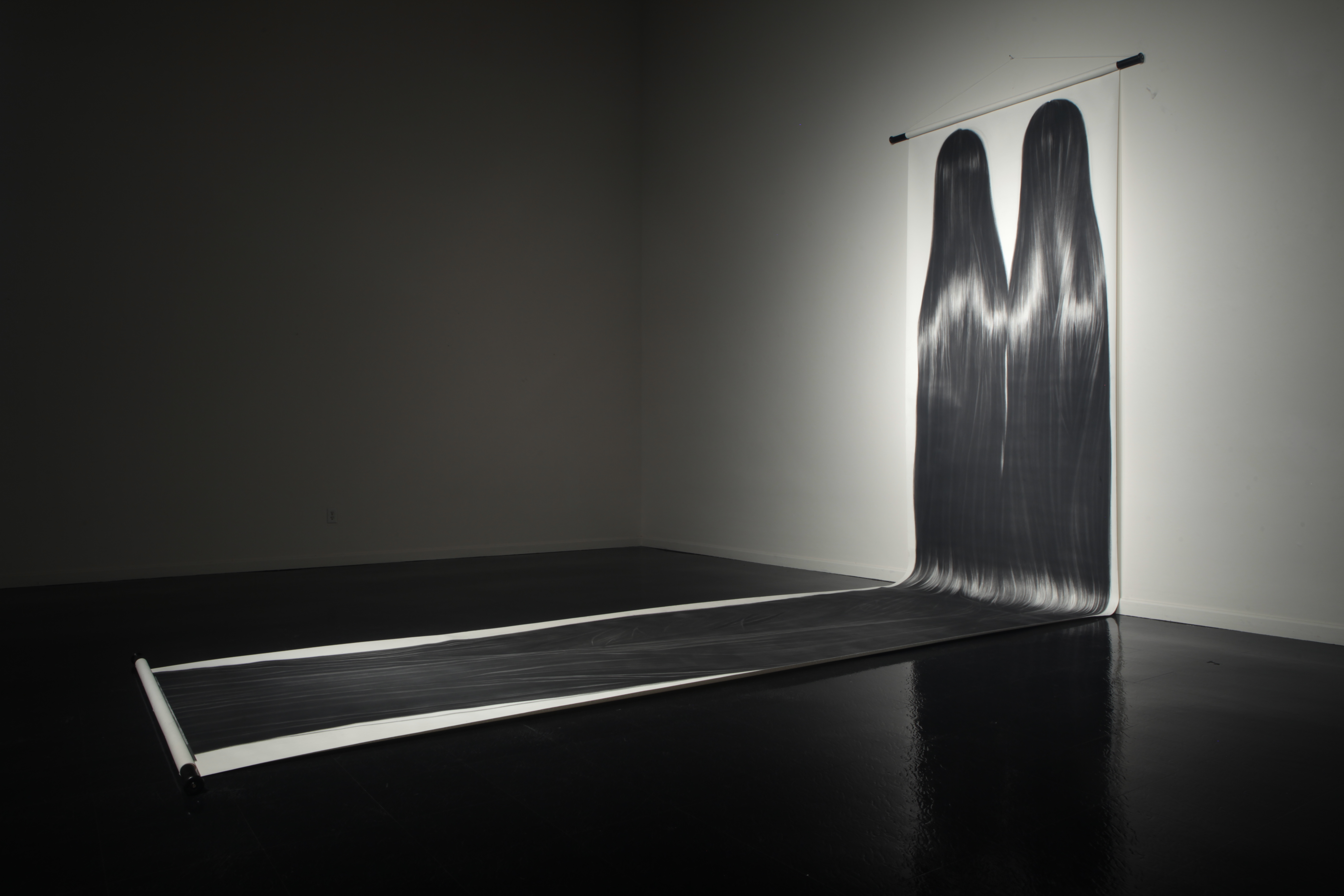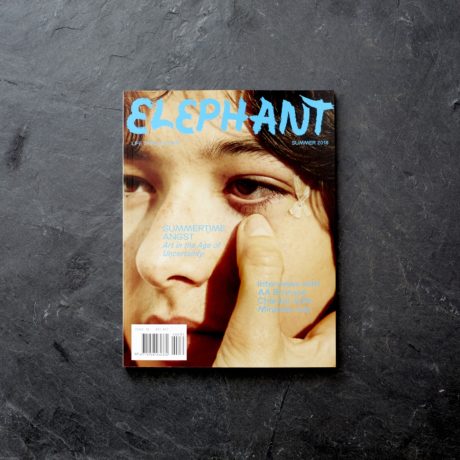
You were born and raised in China. What are some of your earliest creative memories from your time there?
I grew up in an artistic family during the Chinese Cultural Revolution. Both of my parents are retired art professors. I also have two sisters, one older sister and an identical twin, who are also painters. We lived on the campus of an art academy where my parents taught for twenty years in the 1970s and 1980s. I remember watching them painting in their studios and teaching their students in the classrooms. At age six, my parents gave me paper, brushes, ink and watercolour to draw from my memories or from life.

You have often worked with ink on rice paper, using a technique learned in China. What appeals to you about this process, and what are its challenges?
I trained in Chinese fine-style ink painting at
the Central Academy of Fine Arts in Beijing for four years. Traditional Chinese ink painting has many details and it is a time-consuming making process. Moreover, working with ink is unforgiving and you need to follow each step precisely. The tone of black and white is built up very slowly through many layers. After seven or eight layers, you apply colours. It is similar to a watercolour process, but it is very time–consuming. Still, I love the making process and enjoy seeing the finished work from beginning to the end. The downside is the lack of spontaneity, which is why I shift to charcoal to balance out my working style and technique.

How did the restrictions on content in China, within the fine art context, affect the development of your work?
When I was an art student in China in the late 1980s and early 1990s, we all learned the same realistic style and painted safe subjects like flowers, birds, landscapes and human figures. We had limited access to Western contemporary art. Every student and artist only worked within a single medium
, and other areas like mixed media, installation, video and performance art were not introduced at that time. Arriving as a Chinese artist to live in America, I felt it was necessary to release my feelings of being bound under the artistic restrictions of the Chinese Communist Party (CCP). I was thinking about my own identity when I developed the hair theme. Since then, I have kept going and moving from personal identity to a more universal idea of how women’s hair is viewed with their age, health, sexuality and power. In my recent work, I combine my identity (the long hair) with nature (my living environment) to create large-scale charcoal drawings and installations.
“The duality in my work has a lot to do with being an identical twin”
What did these large-scale drawings of disembodied hair represent for you?
The idea of my first long hair drawings Twin Spirits, came from my connection with my twin sister. Both of us have had long hair since high school and it has become one of our major characteristics. I wanted to use disembodied images of long, straight, black hair as a reference to our identity and as a metaphor to extend the meaning beyond the surface. My long braid Life Strands represents a shift from the personal to the more universal. This time, long hair is used to examine a woman’s complete life cycle from radiant, untangled youth to the turns of mid-life and the loosened white hair of the last stage.

You choose to present these drawings on scrolls, recalling the traditional format of Chinese painting. Why do you mix your media, using charcoal and scrolls at a larger-than-life scale? What do the individual elements build for you as a whole?
In my long hair series, the traditional scroll painting accentuates the length of the piece and the flow of long hair. My intention is to make large-scale work that occupies the wall and floor and give the two-dimensional work a three-dimensional look. Therefore, viewers in the gallery space feel like they can walk in and around the pieces. The exaggerated scale really helps to achieve this imposing and surreal image with a sculptural effect.

Much of your work confronts your dual identity as Chinese and American. What has your experience been of life as a US immigrant, and how has it influenced your identity as an artist?
The duality in my work has a lot to do with being an identical twin. I always like to see the difference and similarity between the two, especially from my life experiences and observations in China and in America. Being an immigrant female artist in the USA has offered more opportunity to exhibit than in the male-dominant Chinese art world. I love the diversity here.
I cannot deny my Chinese heritage and the cultural influence in my artwork, but my goal is to create artwork that is accessible and universal. I do not want to be categorized as a Chinese artist, rather an artist who happens to be Chinese.
This feature originally appeared in issue 35
BUY ISSUE 35





